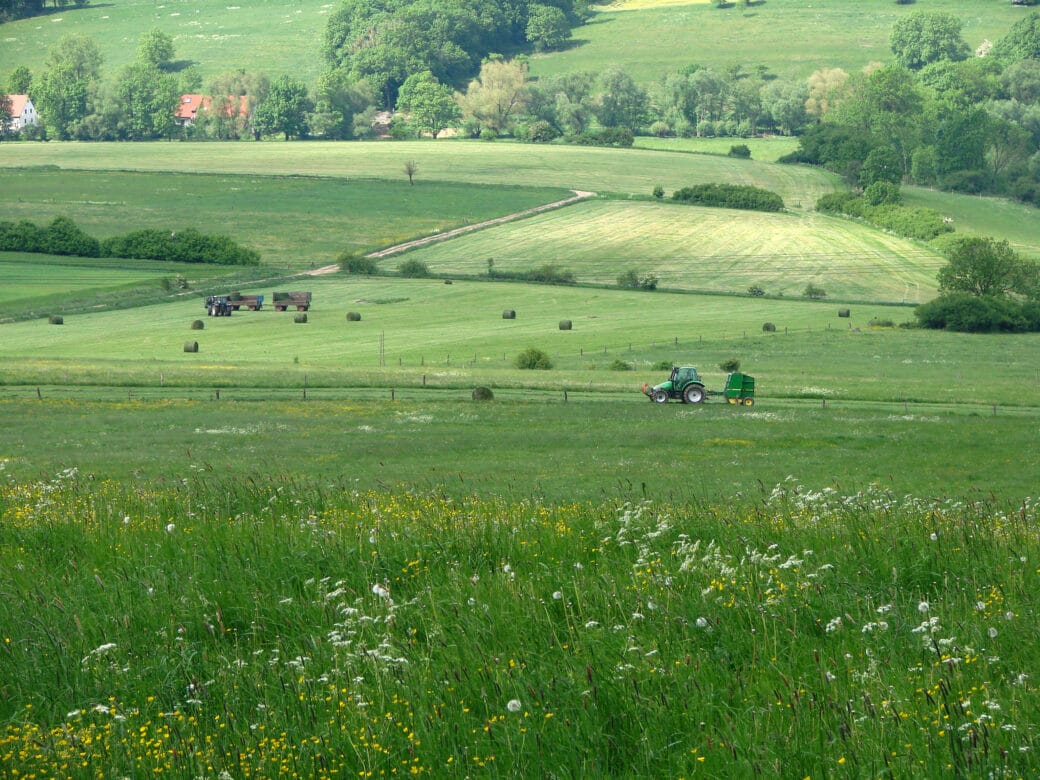Monitoring diversity patterns of active flagellate taxa in different grassland ecosystems as a tool in terrestrial ecology

- The diversity of ubiquitous soil flagellates is correlated with land use; monitoring these patterns is therefore a useful tool in landscape ecology.
- The diversity of the protistan “seed bank” (potential diversity) and that of the established active protist populations (realized diversity) differs as a response to environmental factor.
We will focus in our work on the diversity and activity of selected heterotrophic protists in grasslands along a land use gradient. This group of organisms might serve as a sensitive bioindicator for changing environmental conditions (based on their fast reaction due to their delicate membrane and their short generation time). In a first step we will restrict our research to three flagellate groups, i.e. Chrysophytes, Cercozoa and Kinetoplastea.
As active protists on the one hand feed on bacteria and on the other hand serve as prey for higher trophic levels such as nematodes, they represent a crucial key element in below-ground food webs. Protistan grazing on bacteria influences the structure of bacterial communities, their degradation performance and ecosystem services and thus finally the availability of nutrients relevant for other organisms. We also expect that the aboveground vegetation has an impact on the diversity and activity of bacterivorous protists.
In a regularly and cyclic changing environment like soil it is important for protists to form resting formscomparison of the potential diversity (cysts and active protists) and the realized diversity (active protists) could thus lead to a development of an ecological tool for illustrating the influence of land use on the protistan community and activity.
To reveal the diversity of selected flagellate groups we intend to work withcultivation-independent methods on a molecular-biological level. Therefore we plan to analyse phylogenetic markergenes using qualitative as well as quantitative approaches such as fragment analysis (like T-RFLP), comparative sequence analysis and real-time PCR for both DNA and RNA, in order to distinguish between active and inactive populations. In addition we want to quantify the protists by fluorescence in situ hybridization. By applying these tools we expect to unravel a correlation between grassland use and the diversity and activity of this ecological important group of soil microorganisms.










